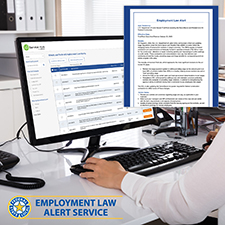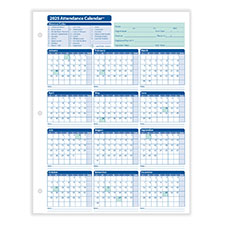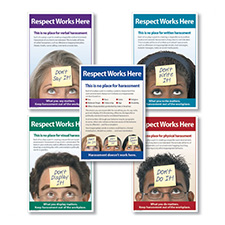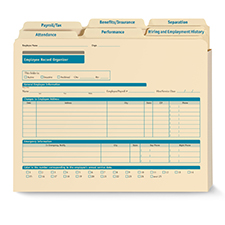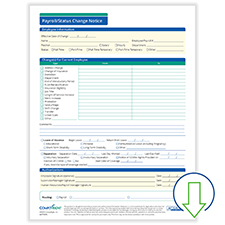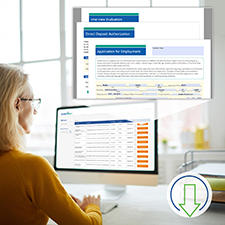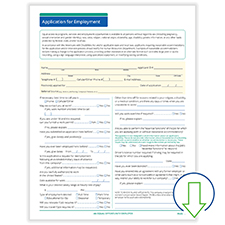
As expected, President Biden’s Department of Labor (DOL) recently withdrew a Trump-era gig economy rule that proposed an easier test for distinguishing independent contractors from employees. As a result, the process for classifying workers as independent contractors remains complex – and the gig economy under the Biden administration will most likely shrink.
Let’s take a closer look at the latest development with worker classification, as well as what this rollback means for your business and workers.
Defining the Gig Economy and Independent Contractors
The gig economy is fueled by “gig” or on-demand work — short-term work arrangements based on specific, temporary projects. And it’s a growing trend in the work world. In fact, a January 2019 ComplyRight Trend Survey revealed that 37 percent of the 427 small business employers surveyed use gig workers.
Traditionally, working with freelancers, consultants and other contract workers offers distinct advantages for your small business. It’s often more affordable because you don’t have to withhold and pay income taxes, Social Security and Medicare taxes, and unemployment taxes. Plus, you have the flexibility to obtain the exact services you need, when you need them.
But it’s a relationship that must satisfy specific criteria to remain legal, which brings us to the current situation regarding the classification of workers.
Keeping the Relationship Legal Under Changing Circumstances
In 2015, the DOL issued an Administrator’s Interpretation (AI) involving a six-part economic realities test where all factors had equal weight. Two years later, the Trump administration withdrew the AI and proposed a new rule with five factors, called the “Independent Contractor Status Under the Fair Labor Standards Act.” A key difference with this rule, which was scheduled to go into effect March 2021, was the greater emphasis on two core factors when determining employment status: 1) the degree of control an employer had over an individual’s work and 2) the worker’s opportunity for profit and loss.
When dismissing this simplified rule, the DOL announced that it undermined the longstanding approach requiring a review of the totality of the circumstances related to the employment relationship. Secretary of Labor Marty Walsh challenged companies relying on gig workers to reassess their employment practices and ensure that more of these workers have the same access to consistent wages, sick time, health care and other benefits as employees.
So where does this leave businesses interested in gig workers? For now, no new independent contractor rule exists, so employers must revert to the tests used by federal and state agencies in the past.
The first test, utilized by the IRS and several other agencies, is known as the “Right to Control” test, or the “Common Law” test. It looks at the degree of control in three areas:
- How you BEHAVE toward the worker
- The FINANCIAL arrangement you have with the worker
- How the RELATIONSHIP is set up
The second test, preferred by the DOL and OSHA, is the “Economic Reality” test. It’s broken down into six factors:
- Right to Control: Does the worker control how the work is performed?
- Investment: Who pays for equipment, materials and helpers, if needed?
- Length of Relationship: Is it permanent or temporary?
- Skill: Does the work require special skills?
- Level of Risk: Does the worker’s ability to make money depend on his/her managerial skills?
- Level of Integration: To what extent are the worker’s services an integral part of the employer’s business?
Avoiding the Risks of Misclassification
While not always easy, careful review and adherence to the classification rules is paramount. If one or more of these agencies finds that your independent contractors should be treated as employees, you could face:
- Back taxes, at both the federal and state levels
- Back wages and retroactive insurance premiums, along with additional penalties
- The risk of lawsuits, including class-action suits
Your workers pose the bigger risk because they don’t always understand that being a contractor means they can’t file for unemployment or make a workers’ comp claim. All it takes is for one worker to contact one of these agencies and challenge the situation.
Then there’s a risk of a disgruntled worker filing a report. The IRS has a special form (Form SS-8) that any worker can submit to request a classification review. And many attorneys advertise on billboards and on radio stations, encouraging workers to file suit.
Guidance for Getting Classification Right
Here are some quick tips to avoid misclassification and legal repercussions. Workers are likely independent contractors if they:
- Have signed an independent-contractor service agreement that defines the scope of their work and payment terms
- Use their own equipment (laptop, phone, tools) to perform the job
- Work on a temporary basis and are paid per project
- Service other clients, often at the same time (look for an individual business license)
- Work at an offsite location (occasional meetings at your business location are OK; working on-site for days and months at a time are not)
- Have flexibility to set their own hours and schedule
On the other hand, you should classify workers as employees if they:
- Completed a job application
- Work for you full-time on a regular basis
- Provide services that are an essential part of your day-to-day operations
- Perform most of their job tasks at your workplace
- Are paid out of your payroll account
- Obtain training from your business
Stay a Step Ahead of Compliance Requirements
Just as important as proper classification is completion of the appropriate paperwork. The
Fill-and-Save™ HR Form Library: Hiring & Onboardingprovides all the necessary forms, whether you’re bringing on an independent contractor or a new employee. This includes the Form W-9, Form 1099 and written contract for independent contractors, and the job application, Form W-4, I-9 Employee Eligibility Verification Form and direct deposit form for employees. The attorney-developed library allows you to send and store the most up-to-date forms electronically for paperless “paperwork,” or print out copies for personnel files.
Related Content:
Compliance Goes Beyond Posters: Know the Hidden Hazards of Employee Handouts
Remain Current and Complete with Required Postings for Employers






 Shopping cart
Shopping cart